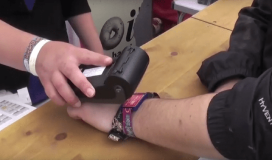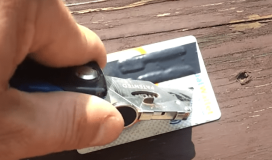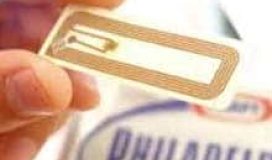Lately, Radio frequency Identification has been shifting the viewpoint of the businesses all around the world by encouraging computerization, reducing manual work and in turn, increasing competence and output with various cost-effective approaches. RFID is a technology that facilitates the transmission of a unique identity under a predefined protocol from one device to another reader device through radio frequency waves. The reason for this escalating demand can be accounted by the fact that it is exceptionally straightforward and machine compatible.
The demand of these cards is diverse, such as in e-passport, transportation payment, libraries, offices and many more. However, vendors are coming up with projects that implement radio frequency identification, as it enhances efficiency, lessen errors and improves quality. One such implementation of RFID that has been popularity is the RFID clothing tags. Vendors that produce their own goods, apply RFID tags during the manufacturing time itself to accomplish good organization all the way through the supply chain.
The RFID clothing tags are entwined into the cloth label through a chip that is connected to an electronically responsive fiber. This ensures trouble-free tracking of products and maintaining the brand to fight forgery with a lesser amount of risk of human intrusion. RFID clothing tags are used to perk up the record accuracy in a retail business.
Compared to barcodes, the RFID clothing labels are small, versatile, passive tags that allow the vendors, for effortless and prompt supervision of inventory and to track progress. The RFID tags can be embedded into clothes firmly and accurately. The RFID clothing tags are designated to improve security of merchandise and ensure more efficient provisionary chains.
Furthermore, the e-commerce traders vend products tagged with RFID technology which integrates the detailed information along with their online shopping cart so as to keep the consumers up to date about the quantity and the types of products that are presently available for buying.
By the means of the RFID technology, the retailers can get the information of what apparels people prefer which makes it easy to evaluate the current trends of what the customers buy, which automatically aids in sales and marketing. To sum up, RFID technology has made things easier for both, consumers and retailers.



